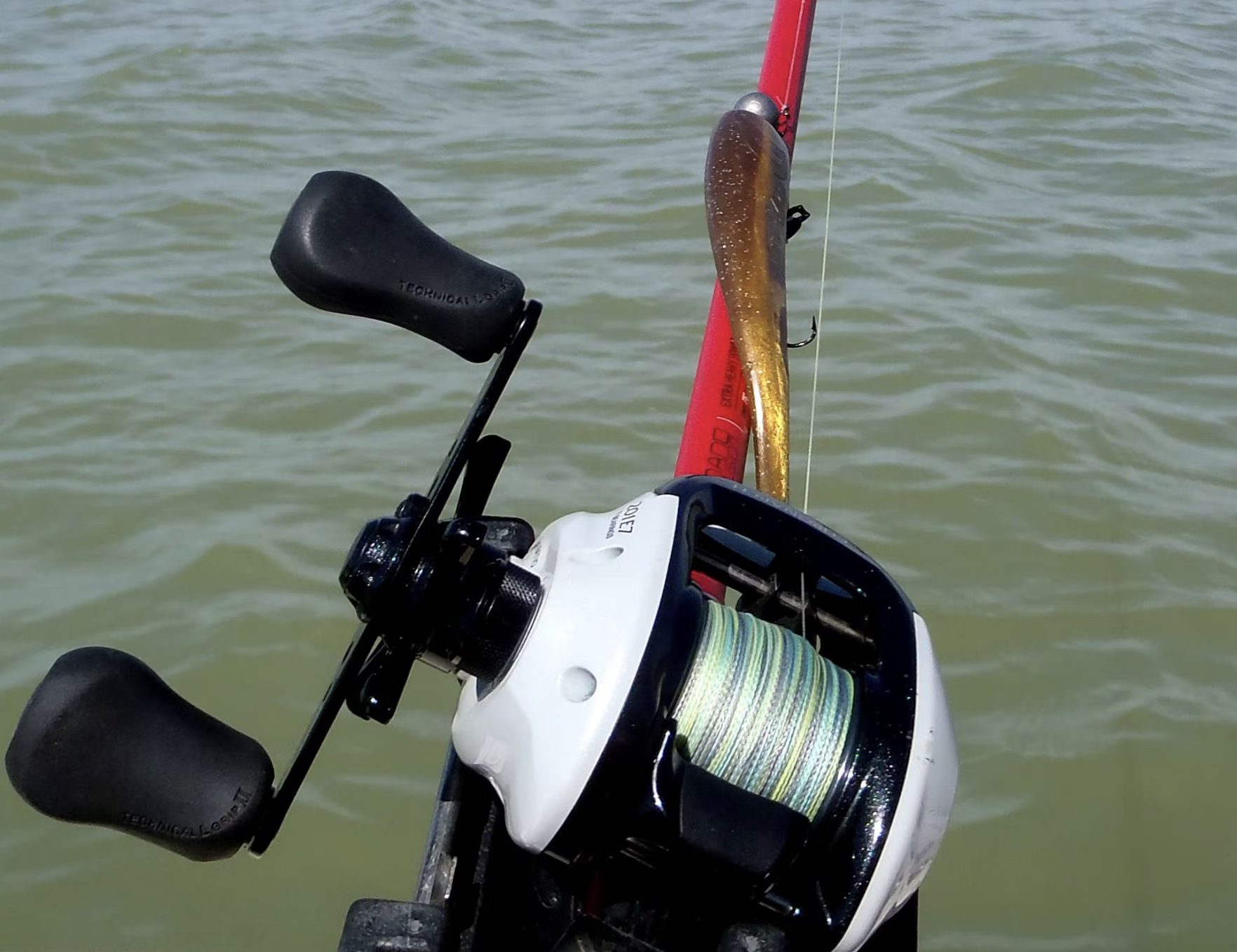In the world of fishing, the importance of selecting the right fishing line cannot be overstated. The significance of this essential tackle component offers valuable insights into choosing the appropriate line types and their applications.

Understanding the Significance of Line Selection:
Fishing line serves as the crucial link between angler and fish, directly influencing casting distance, presentation, and ultimately, success in landing fish. Neglecting the importance of choosing the right line can lead to missed opportunities and frustration. In this article, we delve into the intricacies of line selection, exploring various types of fishing lines and their suitability for different fishing scenarios.
Exploring Line Types and Their Applications:
- Monofilament Line: Traditional monofilament line, characterized by its softness and suppleness, remains a popular choice among anglers. While it casts well and offers reasonable abrasion resistance, its stretchy nature can hinder sensitivity and hook-setting efficiency, particularly in deep water or when bottom fishing. Monofilament lines are ideal for topwater lures due to their buoyancy.
- Fluorocarbon Line: Fluorocarbon line, with its low visibility and excellent abrasion resistance, is favored for finesse presentations and fishing in clear water conditions. Its reduced stretch compared to monofilament enhances sensitivity, making it suitable for detecting subtle strikes. However, fluorocarbon tends to be stiffer than other lines and sinks, making it less suitable for topwater fishing.
- Copolymer Line: Copolymer line combines the advantages of both monofilament and fluorocarbon, offering easy casting, low stretch, and neutral buoyancy. It serves well for powerfishing applications, such as crankbaits and spinnerbaits, where casting distance and sensitivity are crucial.
- Braided Line: Braided line, woven from supermaterials like Kevlar or Dyneema, boasts exceptional strength and thin diameter, making it ideal for casting long distances and handling heavy cover. It is a preferred choice for powerfishing techniques and situations where strong hooksets are necessary.
- Fused Line: Fused line, a relatively recent innovation, features a single strand of compressed superline material, offering superior casting performance and minimal visibility underwater. While it provides excellent sensitivity and strength, it requires careful knot tying due to its thin diameter.

Factors Influencing Line Selection:
Several factors dictate the choice of fishing line, including the type of reel (spinning or casting), target species, and fishing technique. For spinning reels, anglers should opt for lines with lower pound test ratings to prevent line management issues, while casting reels can accommodate higher pound test lines for increased durability and casting performance.
Choosing the right fishing line is paramount for maximizing angling success. By understanding the characteristics and applications of different line types, anglers can tailor their setups to match specific fishing conditions and techniques. Whether pursuing bass, trout, or other species, selecting the appropriate line ensures optimal performance and increases the likelihood of a successful fishing outing. With the knowledge gained from this guide, anglers can confidently navigate the vast array of fishing lines available and make informed decisions for their tackle arsenal.
Images/Source: Curated





